Varicose veins are more than just a vanity concern. It is a real (but not necessarily serious) problem that tells you there is a minor issue in the way your blood circulates.
Many women — and even men — complain of seeing these unsightly veins on their legs and other parts of the body. However, before you go ahead and seek medical treatments to cure yourself of this dilemma, why not try this list of superfoods for varicose veins first?
Remember that you can never, ever go wrong with a healthy lifestyle fit for you!
Jump to:
What are varicose veins?
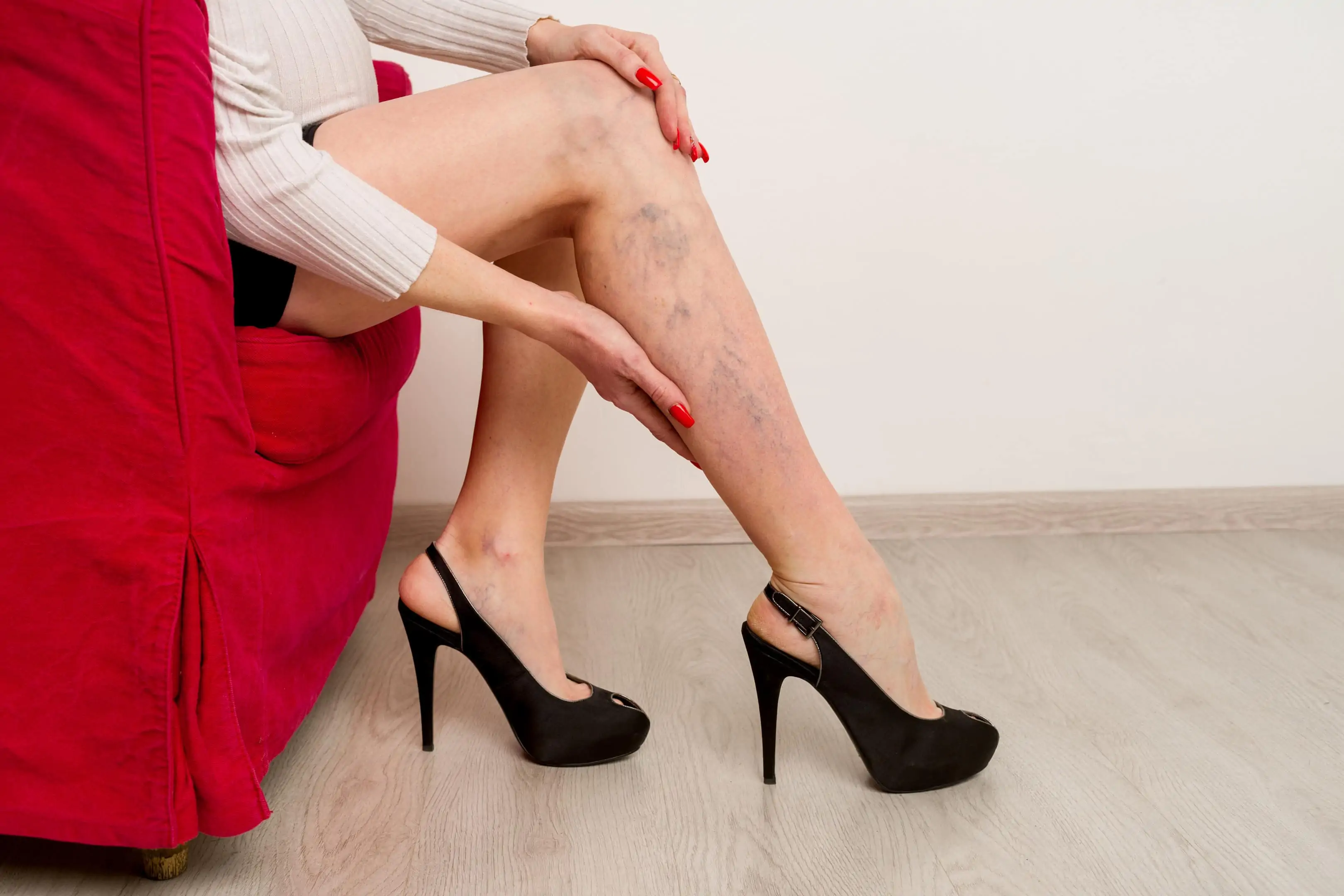
Varicose veins or varicosities are typically seen as bluish-purple swollen veins usually found on the lower legs. These veins are swollen and enlarged as it is overfilled with blood. It is a common condition found especially in women.
A milder case of varicose veins is known as spider veins and is merely a cosmetic concern for most. Spider veins can appear red or blue in color and are situated very close to the skin’s surface. You may notice it looks like a spider’s web on your face.
If your varicose veins start giving you painful discomfort, treatment and procedures must be done.
Causes and risk factors
Veins carry used blood back to your heart for recirculation. It has a one-way valve to prevent a backward flow.
The veins in the legs are farthest from the heart and often pointing downwards due to standing or sitting. Since gravity is always at work, the blood that needs to go back from your legs to your heart finds it harder to go up. Weak veins can’t help blood from accumulating, thus enlarging it and resulting in varicose veins.
The following factors affect your chance of developing varicose veins:
- Age — Over time, the valves on your veins can suffer from gradual wear and tear that weakens them. This disrupts blood flow and lets the blood collect instead.
- Genetics — If you have immediate family members with varicose veins, your chance of developing it also increases.
- Obesity — There is increase pressure on your veins when you are overweight or obese.
- Over-standing or sitting — Standing or sitting for a long time prevents the blood from flowing smoothly.
- Pregnancy and menopause — Hormonal changes often occur drastically. Blood also increases in production during pregnancy to support the development of the fetus.
Signs and symptoms
It is easy to tell if you have varicose veins. Physical manifestations include:
- Visible veins in a purplish or bluish color
- Bulging and twisted or misshapen veins
You should see a specialist if you have pain, muscle cramps, and skin discoloration near the veins.
What should you eat to prevent It?
Medical treatments are available for varicose veins. However, if you want to lower your chance of developing it, a healthy diet goes a long way for healthier veins.
1. Fiber-rich foods
Eating fiber-rich foods lowers the risk of developing varicose veins. A healthy metabolism and bowel movement remove excess pressure for the valves in your veins to work harder. You will not only feel lighter, but your veins will also feel less stressed because there is no abdominal pressure.
A high-fiber diet consists of whole-grain foods, fruits, and vegetables. Almonds, oats, chia seeds, avocados, raspberries, pear, artichokes, lentils, and cooked black beans are some examples of high-fiber foods. If you are looking for a satisfying and delicious meal, sweet potatoes also contain fiber. For snack-lovers, air-popped popcorn is the answer; and for dessert, dark chocolate with 70% to 90% cocoa content.
Aside from preventing constipation and decreasing your chance of developing varicose veins, fiber also has other wonderful benefits. This includes reducing cholesterol, controlling blood sugar, and decreasing the risk for gastrointestinal cancers.
Other foods with fiber content include:
- Fruits — Apples, bananas, blueberries, raspberries, and strawberries.
- Vegetables — Beets, broccoli, Brussel sprouts, carrots, kale, and spinach.
- Legumes — Baked beans, chickpeas, cooked edamame, cooked lima beans, kidney beans, and split peas.
2. Low-salt food
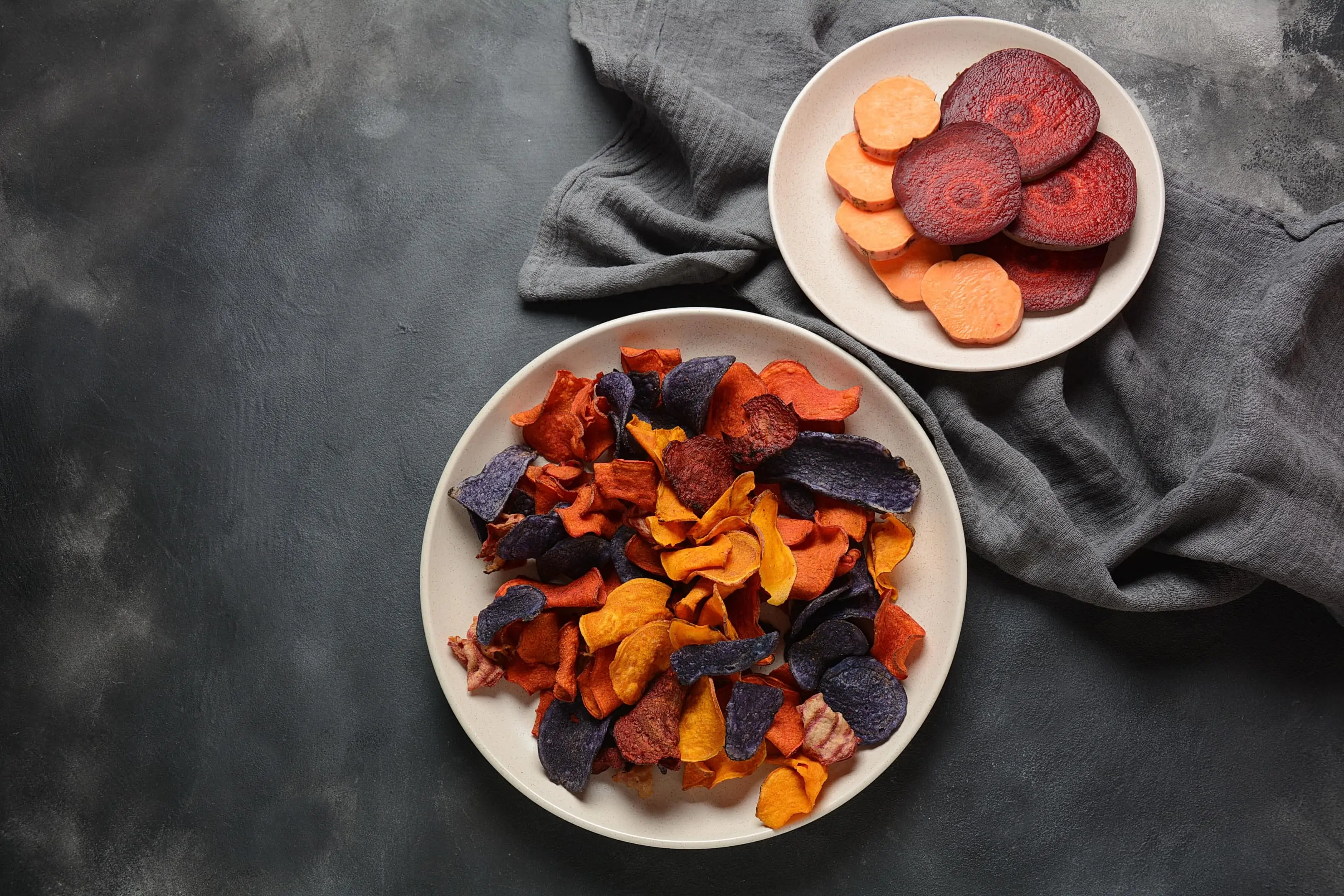
Salt or sodium regulates your body’s water levels, as well as the pressure and volume of the blood.
Water retention adds unnecessary weight to your veins. The increased weight exerted in your veins leads to leg swelling and varicosities. Worse, it can cause complications like hypertension which may even progress to heart diseases or stroke.
Unknowingly, you may be consuming high levels of sodium from processed and fast foods like chips, cheese, canned food, and even the condiments you put into your every meal. They are tasty, yes, but they also add to your varicose vein problem.
By switching your diet to low-salt food and using less table salt in whatever variety, you are doing your body a good deed. Fresh produce, whole grains, and lots of water are the way to go for a low-salt diet.
Other low-salt diet practices include:
- Season with natural herbs and spices.
- Reducing salt in your cooking.
- Read ingredient labels. As much as possible, avoid salt, brine, sodium, or monosodium glutamate.
- Buying low-sodium alternatives with 140 grams of sodium content or less.
- Home-cooked food is always better than food bought from a restaurant.
3. Potassium
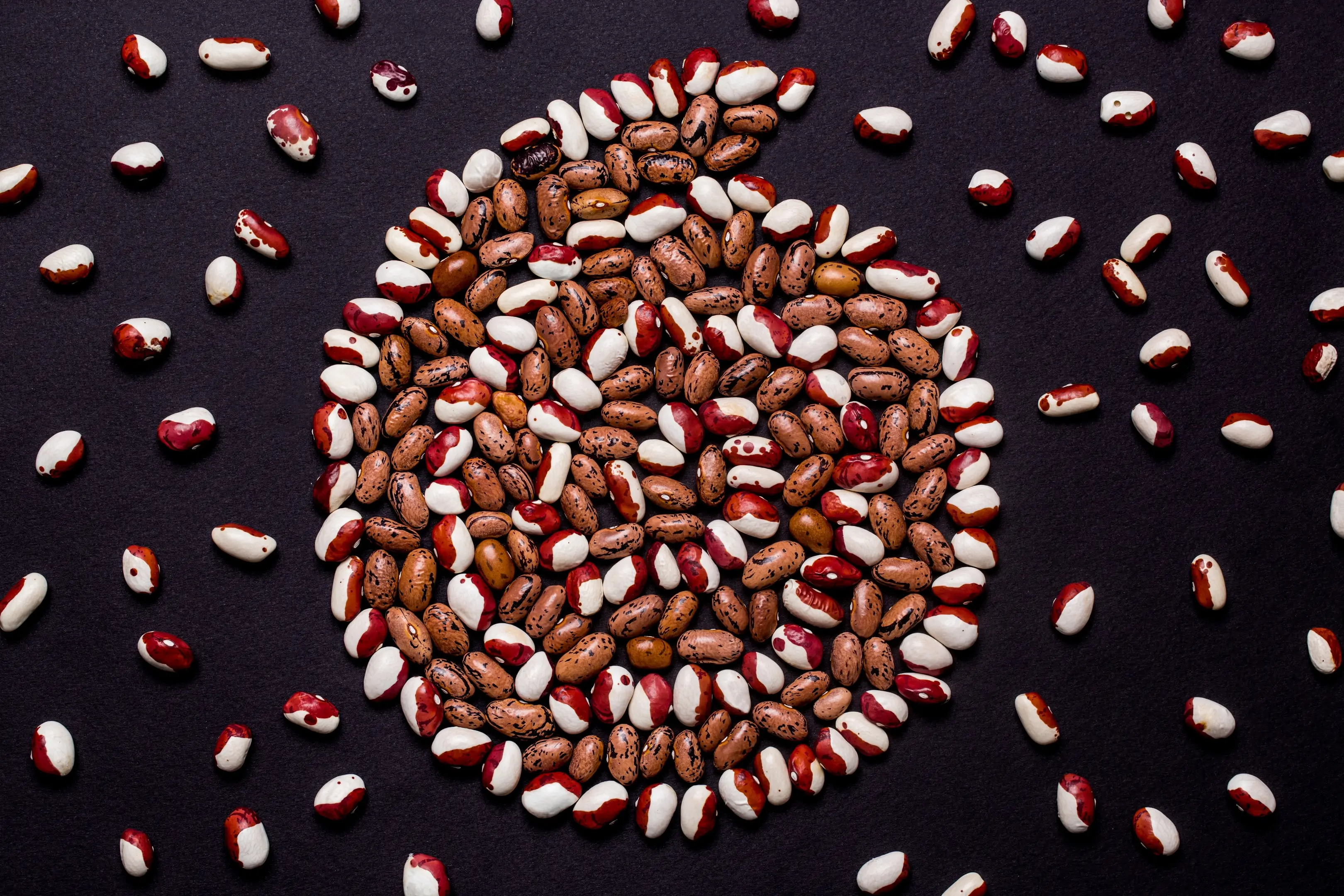
Another great help in reducing water retention is consuming potassium. Luckily, potassium can be found in many food sources. Potassium, as a mineral vital to most of the body processes, helps in strengthening the blood vessels. It prevents the thickening of blood vessel walls and protects them from sustaining damage.
Nuts, legumes, fruits, and vegetables, plus certain fish and meats, are among good sources of potassium.
Specific sources of potassium include:
- Fruits — Avocados, bananas, cantaloupe, dates, oranges and prunes.
- Vegetables — Beet greens, broccoli, carrots, leafy vegetables, mushrooms, and potatoes.
- Legumes — Kidney beans, lentils, lima beans, soybeans, and white beans.
- Nuts — Almonds and pistachios.
- Meats and Seafood — Chicken, clams, cod, halibut, pork, salmon, and trout.
- Dairy — Milk and yogurt.
4. Flavonoids
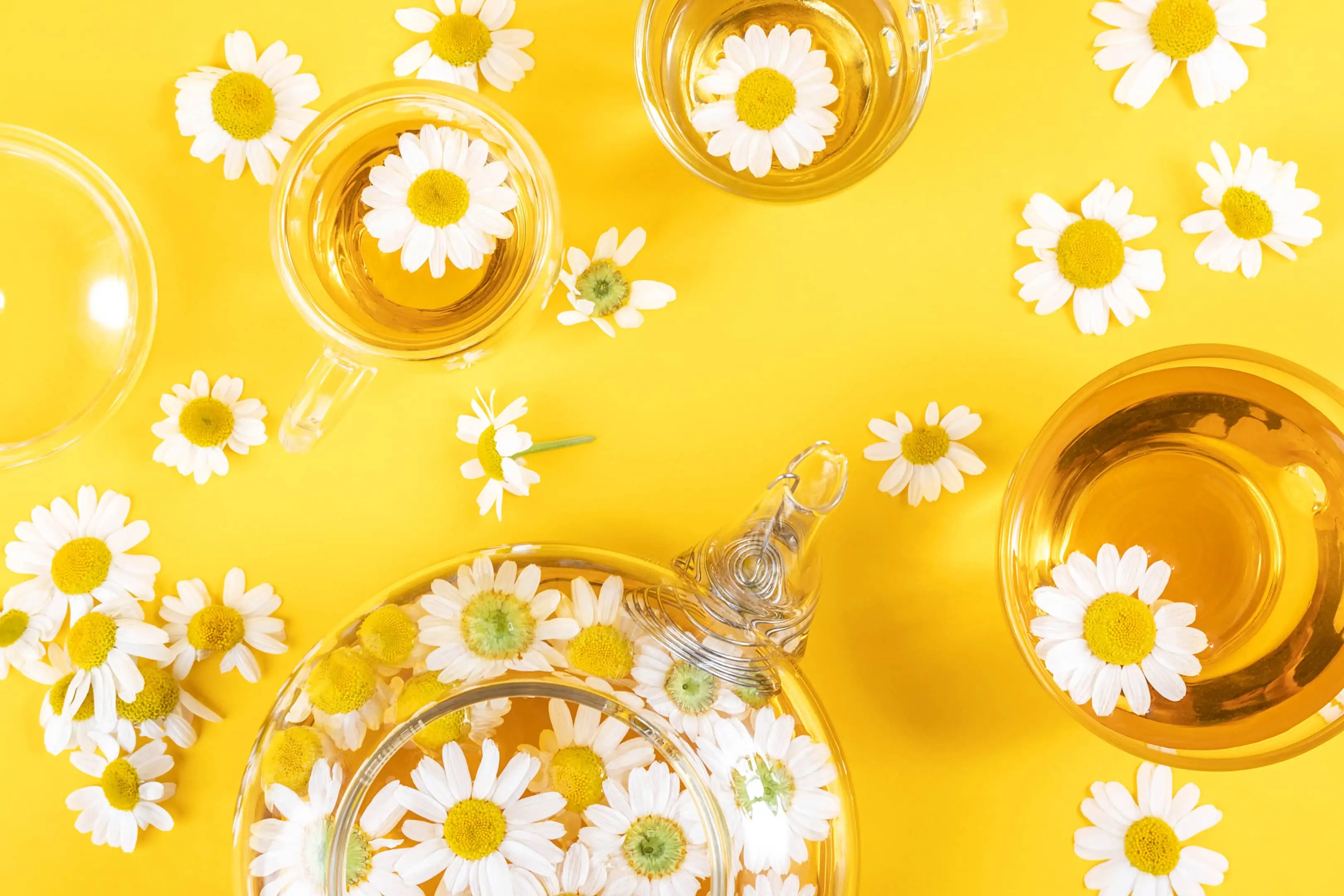
Flavonoids are one of the six important phytonutrients that help your body work properly as it should. Flavonoid is a phytonutrient, meaning that it is sourced from plants. It also has anti-inflammatory and antioxidant properties.
Considering this, flavonoids offer excellent health benefits to all body parts, not excluding your veins. It helps improve your blood circulation, therefore preventing blood from accumulating in one area. More flavonoids equal better blood flow, equals no varicose veins.
Aside from a smooth flow, flavonoids decrease your arteries’ blood pressure and even relax the blood vessels. It also contributes to the improvement of your brain’s cognitive functions. Even in your weight management!
Here is an interesting and exciting diet fact: Wine and tea, as well as chocolates (cocoa), contain flavonoids since they are sourced from plants as well.
Other foods that contain flavonoids are:
- Fruits — Citrus fruits, grapes, cherries, blueberries, apples, and strawberries.
- Vegetables — Onions, bell peppers, spinach, broccoli, kale, lettuce, scallions, and celery.
- Legumes — Parsley, chamomile, and peppermint.
Other practices to treat or prevent varicose veins
- Physical movement — Increased physical movement helps improve blood circulation.
- Herbal medicine — There are some herbal medicines or plant extracts containing rutin that you can take to reduce swelling and cramping.
- Wardrobe considerations — To keep the blood flow normal, one must wear loose-fit clothing and low-heeled shoes.
- Massage and elevation — Of your legs.
Conclusion
You may have noticed that some entries listed as superfoods for varicose veins overlap. This is a great thing. It just means that even eating some of these foods means plenty of nutrients being absorbed by your body.
So, say goodbye to those unsightly veins and say hello to a healthier blood flow!

A writer passionate about wellness, nutrition, and intentional living. She creates engaging, research-based content that empowers readers to live healthier lives. Through every article, she brings clarity, inspiration, and a touch of everyday practicality. Read more about Juliana.



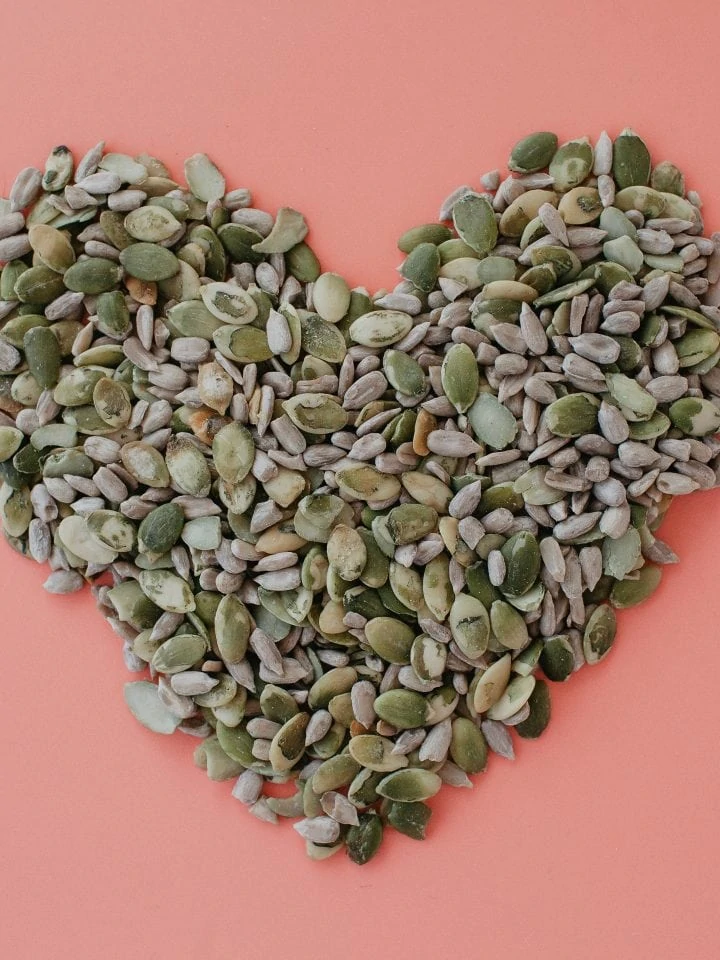



Comments
No Comments